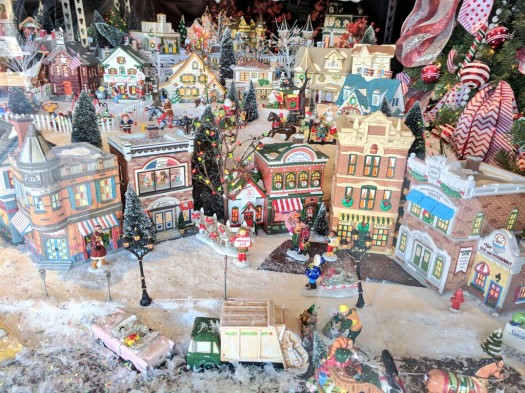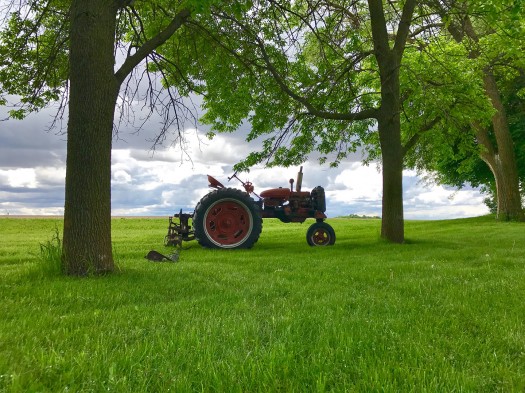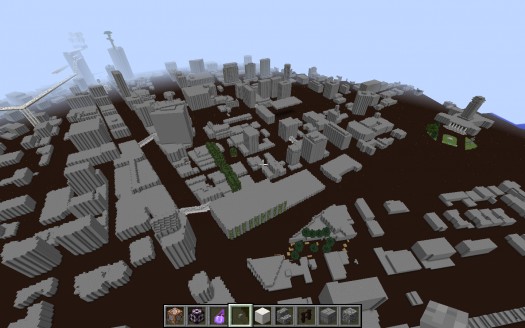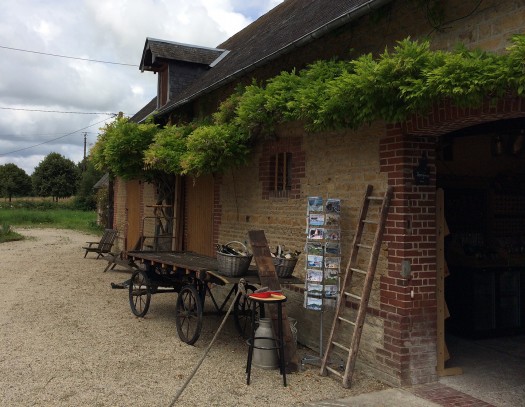Planning and Design
Year End Reflections: Gratitude for Livable Places
As the year draws to a close, reflection is an important rite of passage: celebrating, mourning, learning, and letting go. 2017 has not been the sort of year in which gratitude is the obvious emotion of choice on many levels. Yet the act of searching for what is beneficial, transformative, and noteworthy helps process through…
Read MoreThe Sidewalk to Hell is Paved with Good Intentions
Sometimes all the right people seem to be at the table, all singing from similar hymnals, and all seemingly focused on transcending growth-as-usual and yet, still, the results fall flat. Today we look at one of those times.
Read MoreStorytelling Part II: Getting to Getting Things Done
First a review: In a post last month, I made a pitch for organizing community storytelling around getting stuff done. I acknowledged how hard it is to do that in the current political environment, which is increasingly an arena of competing tribal identities and mutually exclusive convictions: A community that has struggled to identify and…
Read MoreWatch Your Words: Building support for walking and biking infrastructure
In my last post, I looked at the difficulty of getting things — like walking and biking infrastructure — done and how the manner in which we measure our accomplishments makes all the difference. Not just towards building momentum but towards building community. In short, it’s all about baby steps. But let’s say you’ve now…
Read MoreA Hurricane Response Lesson: Disrupt the cycle of futility
Those of us who spent extended time in coastal Mississippi and Louisiana after Hurricane Katrina in 2005 are watching the weather and reading the news with a serious case of Groundhog Day. It’s rescue-recriminate-rebuild-repeat. Over and over again.
Read MoreIgnorance was Bliss: How my urban learnin’ almost ruined everyday places
It strikes me that in the time since I originally wrote this piece a whole new slew of young urbanists have come of age, many now having similar experiences. It’s my hope that they too will find a comfortable balance between the ideal and the workable — not to excuse incompetence but to encourage and…
Read MoreLand Use: Preserving the rural landscape with agrarian urbanism
As the harvest starts to come in here in Manitoba and conversations with my farming friends point to a good yield, I’ve been thinking about how to preserve these lands. Rural communities are often the ones with the greatest constraints, especially when it comes to finances. Without federal support, holistic zoning reform in agrarian places…
Read MoreHere Today, Gone Tomorrow, Here the Day After That
They may not be new but I was recently introduced to a series of comics by English artist Grayson Perry taking on the world of creative arts, particularly one entitled “Gentrification.” The tale is familiar. Old industry fades, artists take possession of the infrastructure, ragtag commerce blossoms and, ultimately, evolves into something only fleetingly reminiscent…
Read MoreDowntown Winnipeg Minecraft Lounge
Last summer in Winnipeg, me, my mother, a couple of my friends (Juca Shanski-de-Aquino and Weldon Scott), and the Downtown Winnipeg BIZ put together a Minecraft lounge. Now some of you have probably already read a blog last year that my mom wrote about this same Minecraft lounge. Her blog also included a piece about…
Read MoreBeuvron-en-Auge: 15th century town planning stands the test of time
Every month or so, we add to our collection of lessons from livable places. These are the neighbourhoods where walking the streets and looking carefully at the urban forms provide insights into what makes for lovability over time. Today, I’d like to consider Beuvron-en-Auge, deemed one of the most beautiful villages in France by Les…
Read More




